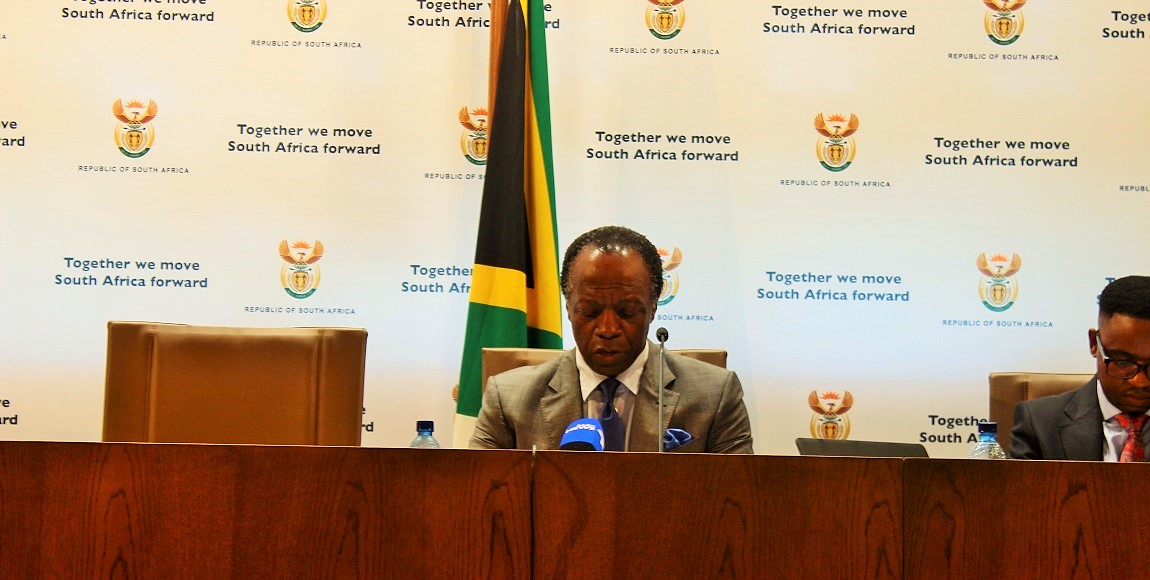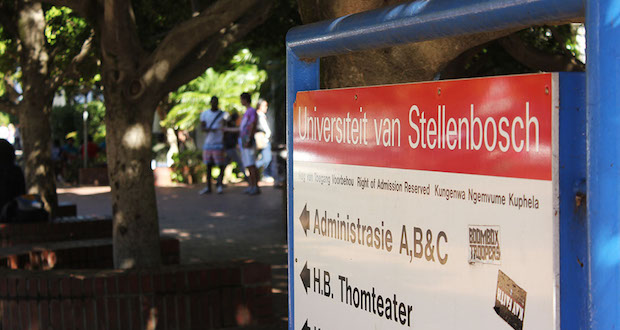The National Student Financial Aid Scheme (NSFAS) press briefing on the status of 2017 applications for financial aid for universities and TVET colleges was not well attended, which may be a sign of #FMF fatigue. Sizwe Nxasana, chairperson of the NSFAS board, didn’t get to the heart of the matter when it comes to the effect their decisions will have on students.
He recommended no alternatives to those that were financially excluded. Nxasana claims that NSFAS has communicated with all the students that have been processed – both successful and unsuccessful – and did not address the issue of students and potential students who have received no communication.
Nxasana said NSFAS has finally managed to process the majority of applications for funding in the 2017 academic year. “This year is the first year that we are fully rolling out the student centred model across all of the 26 public universities and 50 TVET colleges.â€
The student centred model, Nxasana explained in his statement, “will allow NSFAS to establish a direct relationship with its students from the time they enter higher education until post-graduationâ€. Students now have to complete and submit the application themselves and NSFAS pays the loan directly to them.
Applications higher than before
All new entry students that came from schools in quintiles one, two, and three and/or survive off the social grant system, will be funded by NSFAS. Between the first and second phases for applications, NSFAS received 161 938 new applications from potential first years. The figures of successful applicants are placed at 309 788 – both new and returning students.
They are also still expecting to add another 100 000 students to this number because of the delayed completion of the academic year in some universities and the recent closing date for TVET colleges.
The Department of Higher Education and Training (DHET) has given NSFAS R15 billion. “From this budget, we expect to fund well over 405 000 students [in total] who were funded in 2016 at both universities and TVET colleges,†Nxasana said.
That means each student gets about R37 037 for the whole year, which begs the question of whether this will be enough to cover food, rent, textbooks, and other expenses.
Students from the universities like the University of the Western Cape and University of Cape Town who have only now only completed their exams recently are still waiting to find out if they qualify or not.
Denied students can appeal
Of these, total applicants, 53 043 were unsuccessful. Nxasana explained why some students were denied funding. “There are two key reasons why a student would be unsuccessful. The first one is the financial means test. So we receive a number of applications from students who do not qualify because they come from households that earn above the R122 000 which is the upper limit of where NSFAS funds students.
“If, for instance, you are in the so-called ‘missing middle’, that student would not be funded directly by NSFAS because it falls outside of our mandate.â€
On what grounds do they reject people in situations like Lorraine Ndawonde? She’s supporting herself and six siblings off R2 300 every month and in both the 2015 and 2016 academic years, her application was rejected.
This leaves questions open to what becomes of the ‘missing middle’ – too rich to qualify for funding but too poor to afford studies: do they approach the banking sector with their exorbitant interest rates and a short time allowance between graduation and employment? We all know how bleak it is for graduates to find employment immediately after tertiary.
“The second reason may be to do with academic results. So in terms of university students, if a student passes 50% of their modules in a particular year, but also they are still within the regulated time plus two years to complete their degree, they will be funded. But clearly if a student has not passed 50% [of their] module[s], and also they are now in excess of the regulated time plus two [years], they will be disqualified for NSFAS funding.â€
However, NSFAS has given the unsuccessful applicants the opportunity to appeal their decision. They will have to apply on the NSFAS website by 28 February 2017. But by the time the outcome of their appeal is announced, it may be too late for registration.
Accommodation up to universities
Nxasana acknowledged the student protests at universities regarding accommodation, or lack thereof, for NSFAS students. If a university or TVET college is registered on the NSFAS sBux disbursement system, NSFAS pays the private accommodation providers selected by the tertiary institution directly. For tertiary institutions not on their SBux system, NSFAS provides the money to the institution and they then have to pay for the private accommodation.
Nxasana explained: “It’s important to note that NSFAS does not make decisions on which students qualify for private accommodation allowances. Additionally, NSFAS does not have any relationship with private accommodation providers and we are not involved in any accreditation process.â€
So basically, in relation to the issue of private accommodation, NSFAS has nothing to do with it. They just pay the service provider or the university and that’s where it ends. So, the question goes to the tertiary institutions as to what qualifies/excludes NSFAS students for private accommodation and who is prioritised first.
Nxasana apologised to students whose potential futures were delayed by the long waiting period. He acknowledged that changing the system caused the delays and “inconveniencesâ€. Nxasana assured that NSFAS has “attended to most issues relating to returning students at universities to ensure that they are in class tomorrowâ€.









